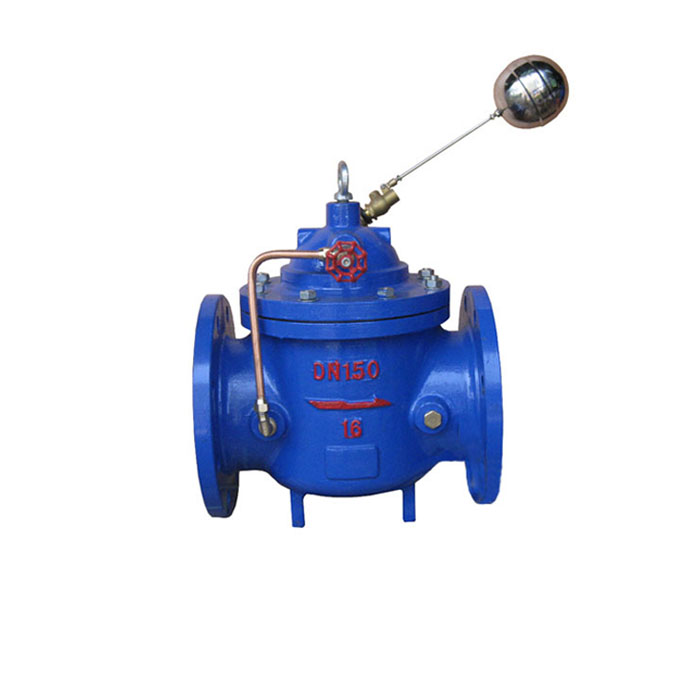Flanged Butterfly Valve Designs for Enhanced Performance in Piping Systems and Applications
Understanding Butterfly Valve Flange Ends Design, Function, and Applications
Butterfly valves are widely recognized in various industries for their simplicity, efficiency, and effectiveness in regulating fluid flow. One of the key design features that play a significant role in their operation is the flange end connection. In this article, we will explore butterfly valve flange ends, their significance, design considerations, and common applications.
What is a Butterfly Valve?
A butterfly valve is a quarter-turn rotational valve that uses a circular disc to control the flow of fluid. The disc is mounted on a shaft and can pivot to either allow or restrict the passage of fluid, making it a popular choice for applications requiring quick fluid modulation. Butterfly valves are known for their lightweight construction and compact design, which makes them suitable for various piping systems.
The Importance of Flange Ends
Flange ends are crucial for the installation and sealing of butterfly valves within piping systems. They serve as a mechanical interface between the valve and the surrounding piping, ensuring a secure connection that prevents leaks. The design of the flange end typically includes a raised or flat surface with bolt holes, allowing for easy attachment to the corresponding flange on the pipe. This bolted connection is essential for maintaining system integrity, especially in high-pressure applications.
Design Considerations
When selecting a butterfly valve with flange ends, several design factors should be taken into account
1. Material Selection The materials used for both the valve body and the flange are critical. Common materials include cast iron, stainless steel, and plastic, each providing unique benefits depending on fluid type, temperature, and pressure requirements.
2. Flange Size and Rating Butterfly valves come in various flange sizes and pressure ratings. It is essential to match the valve size and rating with the specifications of the piping system to ensure compatibility and optimal performance.
3. Seal Type The seals used in flange connections play a vital role in preventing leaks. Various seal designs, including elastomeric seals, PTFE, and metal-to-metal seals, are available according to the application’s needs.
butterfly valve flange end

4. End Configuration Flange ends can come in different configurations, such as raised face, flat face, or RTJ (Ring Type Joint). The choice of configuration depends on the installation environment, type of fluids handled, and pressure considerations.
Applications of Butterfly Valve Flange Ends
Butterfly valves with flange ends are utilized across a wide range of industries, including
1. Water Supply and Treatment In municipal water systems, butterfly valves help regulate flow and control water pressure, ensuring efficient distribution and treatment.
2. HVAC Systems In heating, ventilation, and air conditioning systems, butterfly valves manage airflow and maintain desired temperature conditions.
3. Oil and Gas Industry Due to their ability to handle various fluids, butterfly valves are commonly used in pipelines for transporting oil, gas, and other petrochemicals.
4. Food and Beverage Butterfly valves designed for sanitary applications ensure that processes remain hygienic and that contamination is minimized during fluid transfer.
5. Chemical Processing Their robust design allows butterfly valves to handle a variety of chemicals and corrosive materials, making them ideal for chemical plants.
Conclusion
In summary, butterfly valves with flange ends are an essential component in modern piping systems. Their design, coupled with the advantages of flange connections, offers reliability, efficiency, and ease of maintenance. As industries continue to evolve and demand more efficient fluid control solutions, the role of butterfly valves with flange ends will undoubtedly remain significant, adapting to meet the challenges of tomorrow's fluid management needs.
-
3-types-of-check-valves-maintenance-tipsNewsAug.23,2025
-
ball-valves-types-with-trunnion-mounted-designNewsAug.23,2025
-
butterfly-valve-company-production-capabilitiesNewsAug.23,2025
-
fisher-globe-valve-technical-specificationsNewsAug.23,2025
-
types-of-gaskets-for-flanges-selection-guideNewsAug.23,2025
-
wedge-gate-valve-suppliers-quality-standardsNewsAug.23,2025
-
Breakthrough in Domestic Low Temperature Valve Technology in ChinaNewsAug.18,2025




